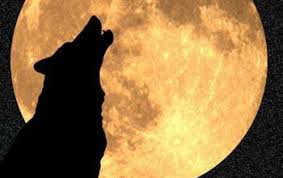 |
| Red Carnation (Photo: Rick Kimpel, CC BY-SA 2.0) |
January 29th is National Carnation Day. Here’s some Carnation Trivia.
- William McKinley believed that red carnations
were good luck after he was given one by an election rival and won the Ohio
seat. January 29th is McKinley’s birthday. On September 6, 1901, in
Buffalo, NY, a 12-year-old girl asked him for the carnation. He gave it to her
and was shot later that day. For years, citizens of Buffalo wore carnations on
his birthday.
- The Carnation flower's botanical name is “Dianthus caryophyllus” or Greek for flower of the gods. Ancient Greeks and Romans were the first to cultivate carnations over 2,000 years ago. They wore them as ceremonial garlands and many believe that the name “carnation” comes from “coronation” which means flower garlands.
- Carnations are edible and the petals may be seen as garnishes or decorations on salads, cakes, or other desserts.
- At Oxford University, carnations are
traditionally worn to all examinations; white for the first exam, pink for
exams in between, and a red for the last exam.
- Carnations are a symbol for Mother’s Day and different colors are used to indicate whether you are showing your love and
respect for a mother who is alive or has passed. Red and pink carnations are
meant to honor a mother who is alive and white carnations are used to honor a
mother who has passed. Anna Jarvis, the founder of the American Mother’s Day,
sent more than 500 white carnations to a Mother’s Day observance in her
mother’s hometown in West Virginia after her mother’s passing.
Mother's Day Flowers
Carnations are the birth flower for the month of January, the State Flower of Ohio, and the national flower of Spain, Monaco, and Slovenia. Although Bogota, Columbia, is the world capital for carnations, the Cattleya trianae orchid, commonly known as “May flower,” has been the national flower of Colombia since 1936.Cattleya trianae orchid
# # #
Check out the Herb Sampler on this Blog
SPECIAL Price reduction.

















